The end of last year marked a real step change for Sainsbury’s.
The supermarket delivered its strongest growth in market share in a decade as grocery sales jumped an impressive 9.3% in its golden quarter on the back of more shoppers flocking to its stores.
This momentum is something that Sainsbury’s is looking to build on with its “next level” strategy that it unveiled last week as it vowed to become the “first choice for food” in the UK.
The grocer has made some bold commitments over the next three years, from boosting its loyalty offering, ramping up its Argos business and focusing on cost saving measures.
However, its ambition to make its food more accessible and affordable is arguably the most important of its aims.
With big plans ahead, we take a look into how Sainsbury’s plans to grow basket sizes and bring in new shoppers.
Transforming Sainsbury’s stores

Sainsbury’s boss Simon Roberts made a stark admission that currently, only 15% of Sainsbury’s 600 supermarkets offer its full range of food.
By growing this, he hopes to encourage both existing and new shoppers to choose its supermarkets as their destination of choice for their food shop
The grocer will create additional space for food in around 180 “higher potential” stores.
To make this happen, Sainsbury’s will reduce the space devoted to general merchandise and clothing by between 20% and 30%, in order to grow food space by around 10%.
Roberts says that currently only half of customers that shop in Sainsbury’s buy general merchandise and clothing, whereas fresh food is the grocer’s “key point of difference”.
“Often it’s the most important product areas that drive choice, like fresh foods, where we’re just not offering the full product choice to enough of our customers all the time. Historically, we’ve been too far on the side of caution in terms of the cost of the change, moving fixtures, moving refrigeration,” Roberts explains.
“These take time, they take costs and now that the business is back performing well and driving the volumes that we’re seeing, we think this is the right time to really accelerate this investment and rebalance the space in our stores to make sure we can give more of our food range to more of our customers.”
In turn, he says that general merchandise and clothing inside Sainsbury’s stores will become “more focused on providing irresistible choice…on a more efficient footprint.”
While Sainsbury’s main focus within its food strategy involves its larger stores, it will also improve the offer in its Local convenience stores.

Roberts explains that in its c-stores, Sainsbury’s sees an “opportunity to improve the way we use space and get more fresh food choice in those stores too”.
The retailer aims to open around 75 new convenience stores over the next three years, and will allocate more space to food-on-the-move ranges, which is the primary mission of most customer visits.
A sensible move
Global Data associate retail analyst Joe Dawson believes that “slimming down its struggling general merchandise and clothing lines” to provide more space for food is a positive move for the retailer as it will “help to boost total sales as consumers continue to cut down spending on non-essentials.”
Independent retail analyst Nick Gladding agrees. “I think the new plan demonstrates Sainsbury’s confidence in the underlying health of its business and has been made possible by the successful execution of the Food First strategy over the last three years.
“Increasing access to Sainsbury’s full food range to more stores clearly makes sense. It’s surprising that it’s only available at 15% of supermarkets now,” he adds.
But, what will these changes help Sainsbury’s achieve?
By 2027, Sainsbury’s is aiming to deliver food volume growth ahead of the market and higher customer satisfaction levels.
By aligning general merchandise and clothing more closely to customers’ grocery shopping missions and ensuring ranges are relevant, the change will generate “significantly” better sales and profit returns on store space, it says.
By having a fuller food range in a larger number of stores, the supermarket will also be able to improve its current online delivery operations, ensuring more orders are correctly fulfilled.
An advantage over the discounters
Dawson says that the strategy represents a “commitment to staying competitive in the coming years and consolidating its market share in the face of threats from Aldi and Lidl”.
IGD global insights leader Bryan Roberts says there is also an opportunity for Sainsbury’s to build its breadth and depth in specific shopping missions like food-for-now and food-for-later.
He points out that the added food choice will give Sainsbury’s an advantage over the discounters that are unable to offer the same extensive range.
Gladding agrees, and points out that “a lack of product choice can be real drawback”.for the discounters.
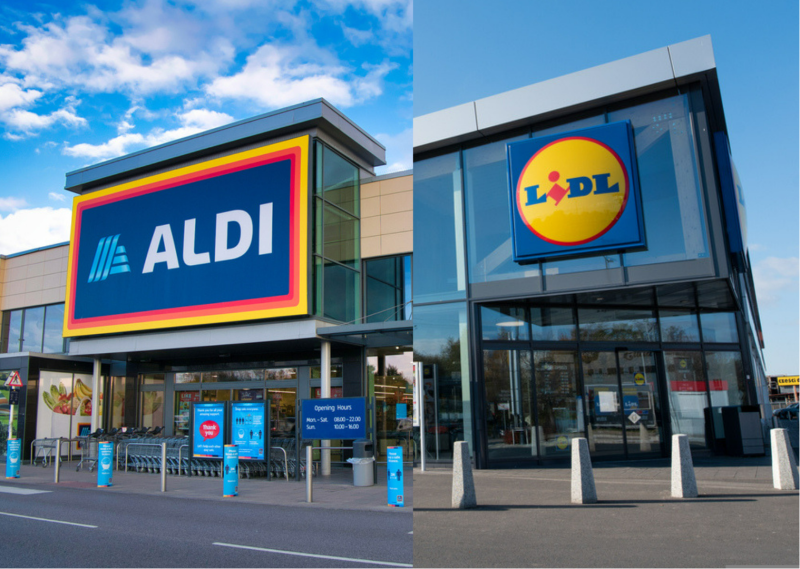
More food choice will give Sainsbury’s an advantage over Aldi and Lidl
He adds that the Sainsbury’s will need to broaden the appeal of its food offer and says it can do this through “the combination of more own brand innovation and stronger partnerships with suppliers”.
Sainsbury’s CEO Roberts says that the strategy update comes at a time when the grocer has not only rebuilt trust and confidence with shoppers, but also its supply base.
“We’re getting better and better at capitalising on this with long term agreements. We’re now agreeing five and 10 year commitments with key suppliers in key value chains.”
Rediscovering the Sainsbury’s magic
Roberts insists that Sainsbury’s is “only at the beginning of rediscovering what this business is really capable of”.
“The simple truth is that Sainsbury’s has always stood for good food but the reality is, what made us unique, we’ve only really just rediscovered it. Our purpose is that we will make good food joyful, accessible, and affordable.”
Being the first choice for food in itself is an ambitious target, however, the industry does believe its aim is both sensible and possible, and should help Sainsbury’s build on its current head of steam.

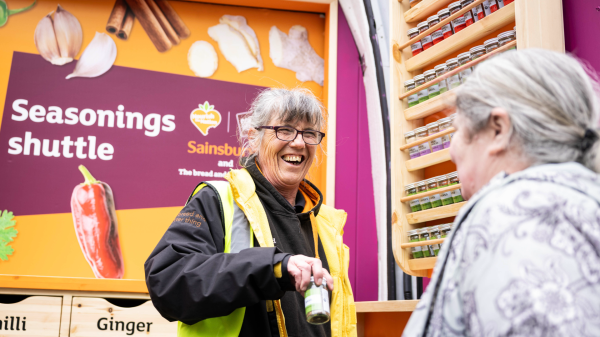

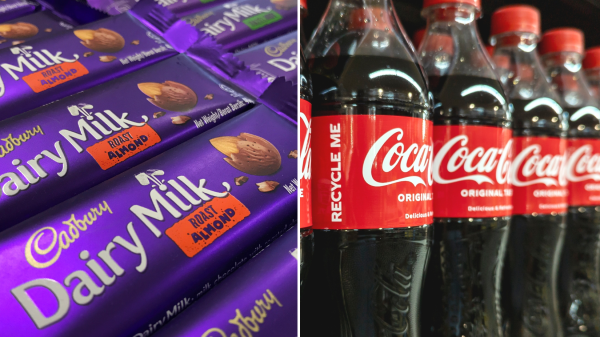

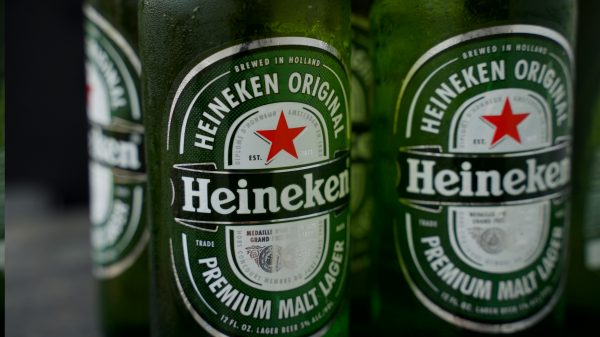
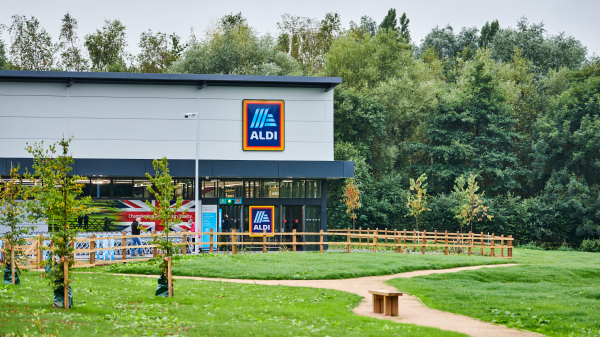
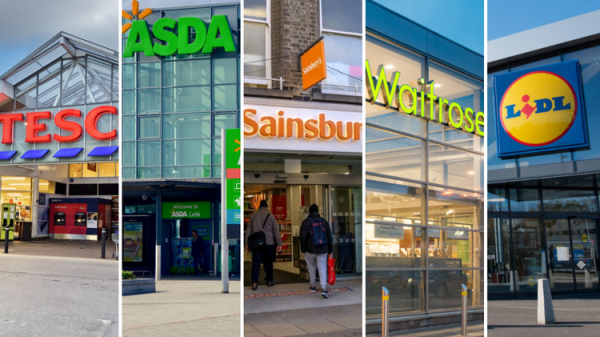
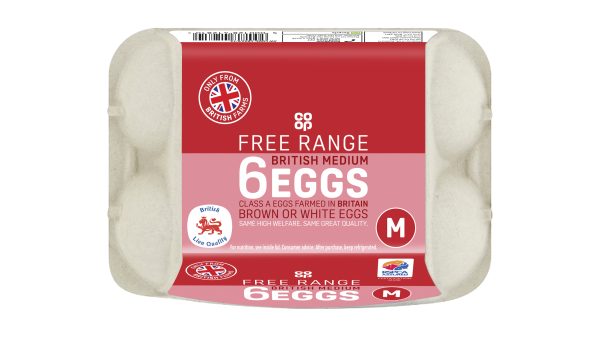
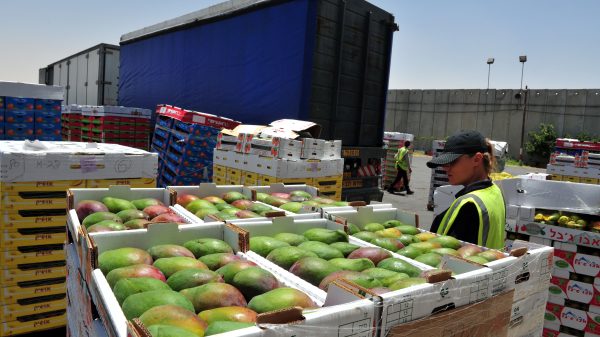
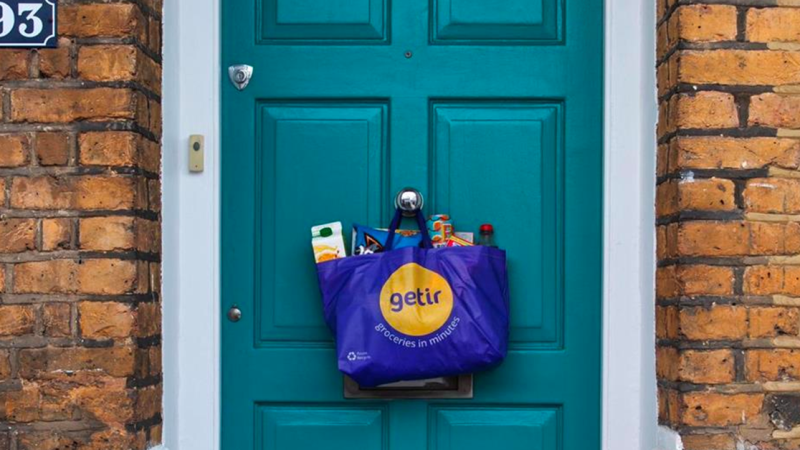
4 Comments. Leave new
Sainsbury’s- what does first for food mean? Could it be it will sell more food than Tesco?
Probably diminishing returns come into play here, with additional range offering somewhat marginal sales.
However, it might be good to reduce the ex-cafe spaces gathering dust.
I only shop at my local Sainsbury’s as a last resort.Terrible outdated store,can never get everything you go in for.
As for the Nectar points,what a ripoff.
Come on Sainsbury it’s 2024.
They’ll need to ensure stores are clean and tidy first. A relatively new store in Birmingham is already looking tired and unloved, we’ve avoided it for a number of months in favour of M&S, who really seem to getting it right!